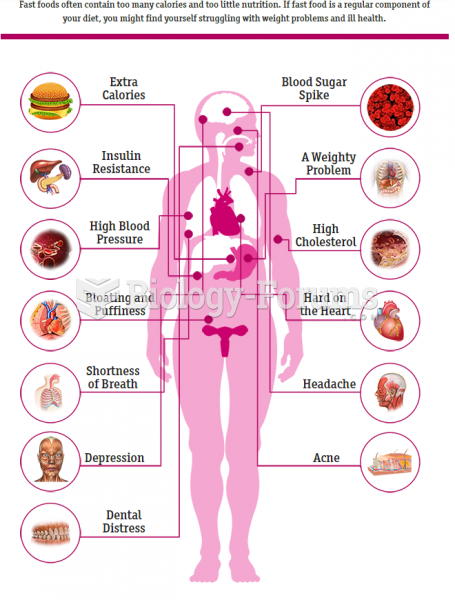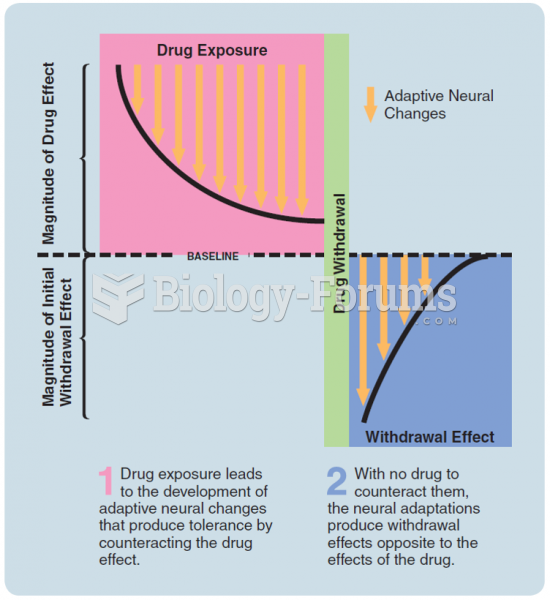This topic contains a solution. Click here to go to the answer
|
|
|
Did you know?
There are actually 60 minerals, 16 vitamins, 12 essential amino acids, and three essential fatty acids that your body needs every day.
Did you know?
If all the neurons in the human body were lined up, they would stretch more than 600 miles.
Did you know?
On average, the stomach produces 2 L of hydrochloric acid per day.
Did you know?
Blood is approximately twice as thick as water because of the cells and other components found in it.
Did you know?
Computer programs are available that crosscheck a new drug's possible trade name with all other trade names currently available. These programs detect dangerous similarities between names and alert the manufacturer of the drug.







